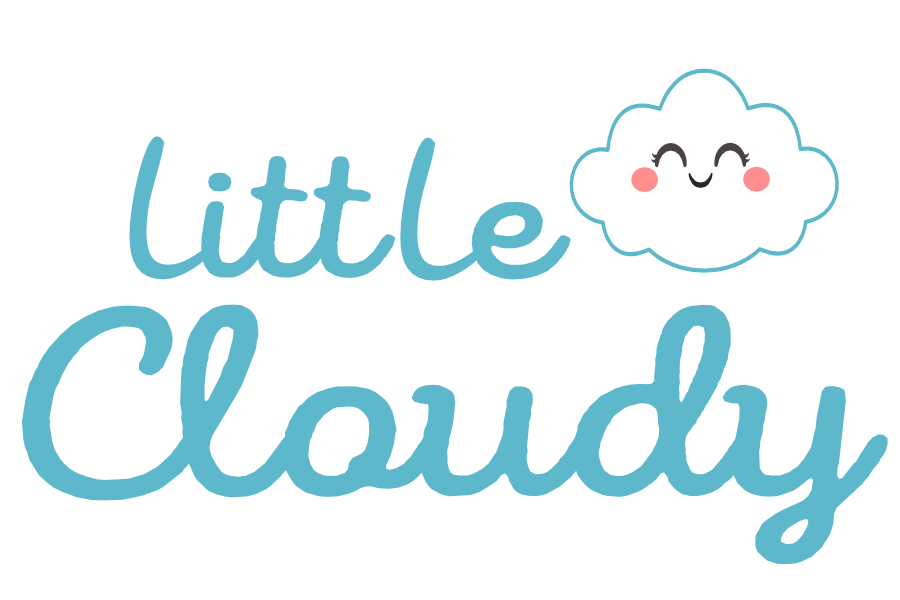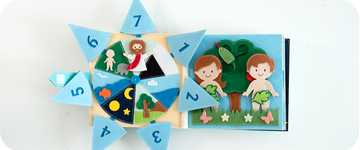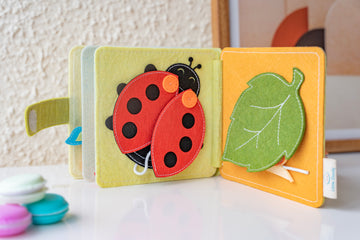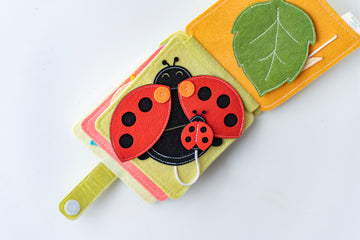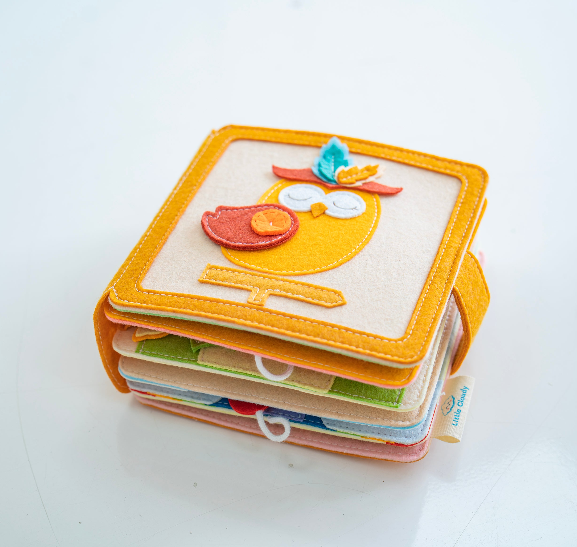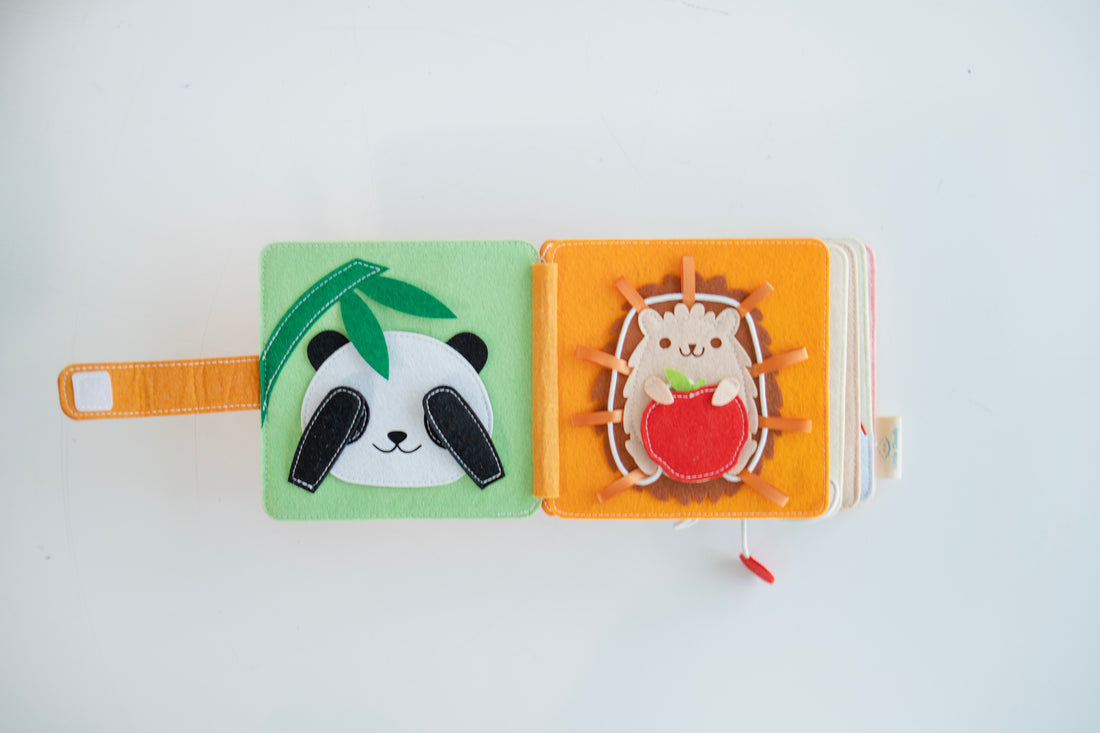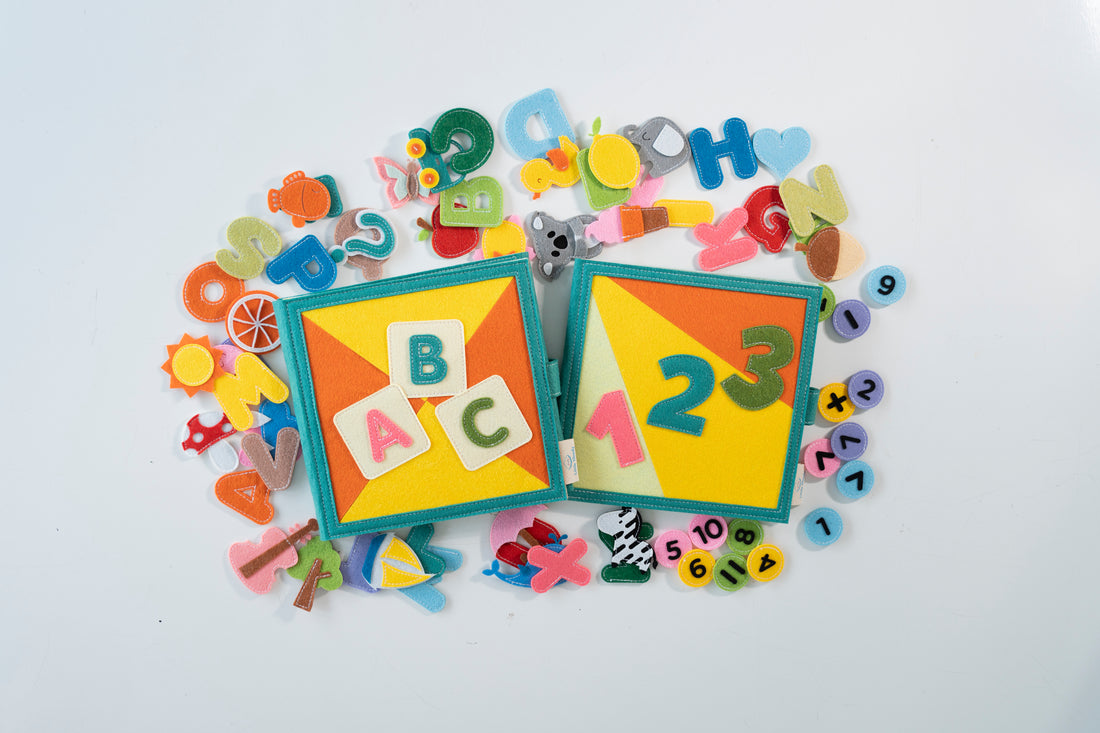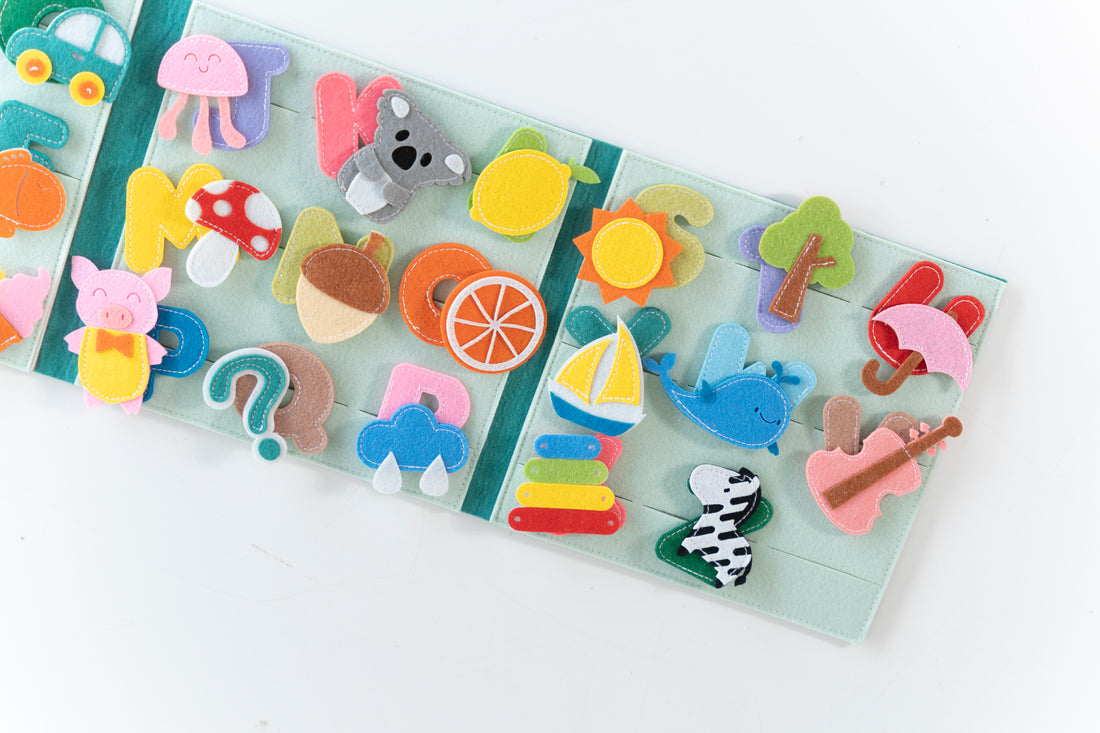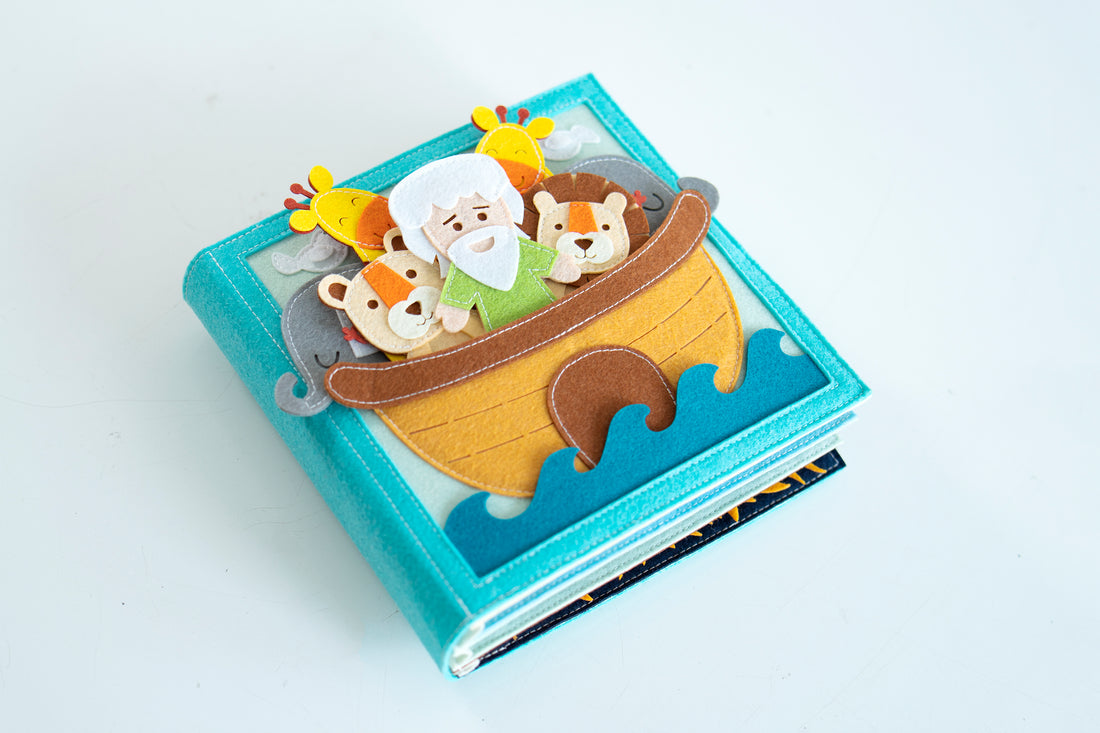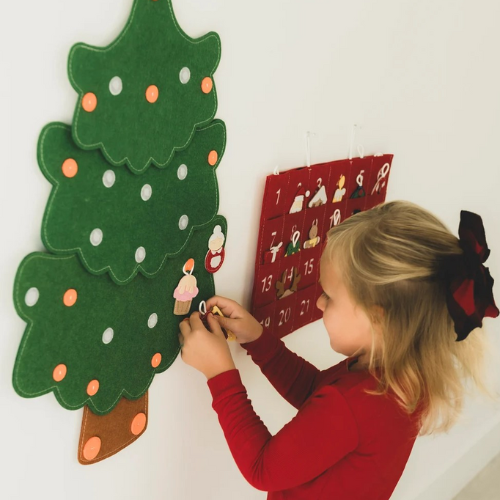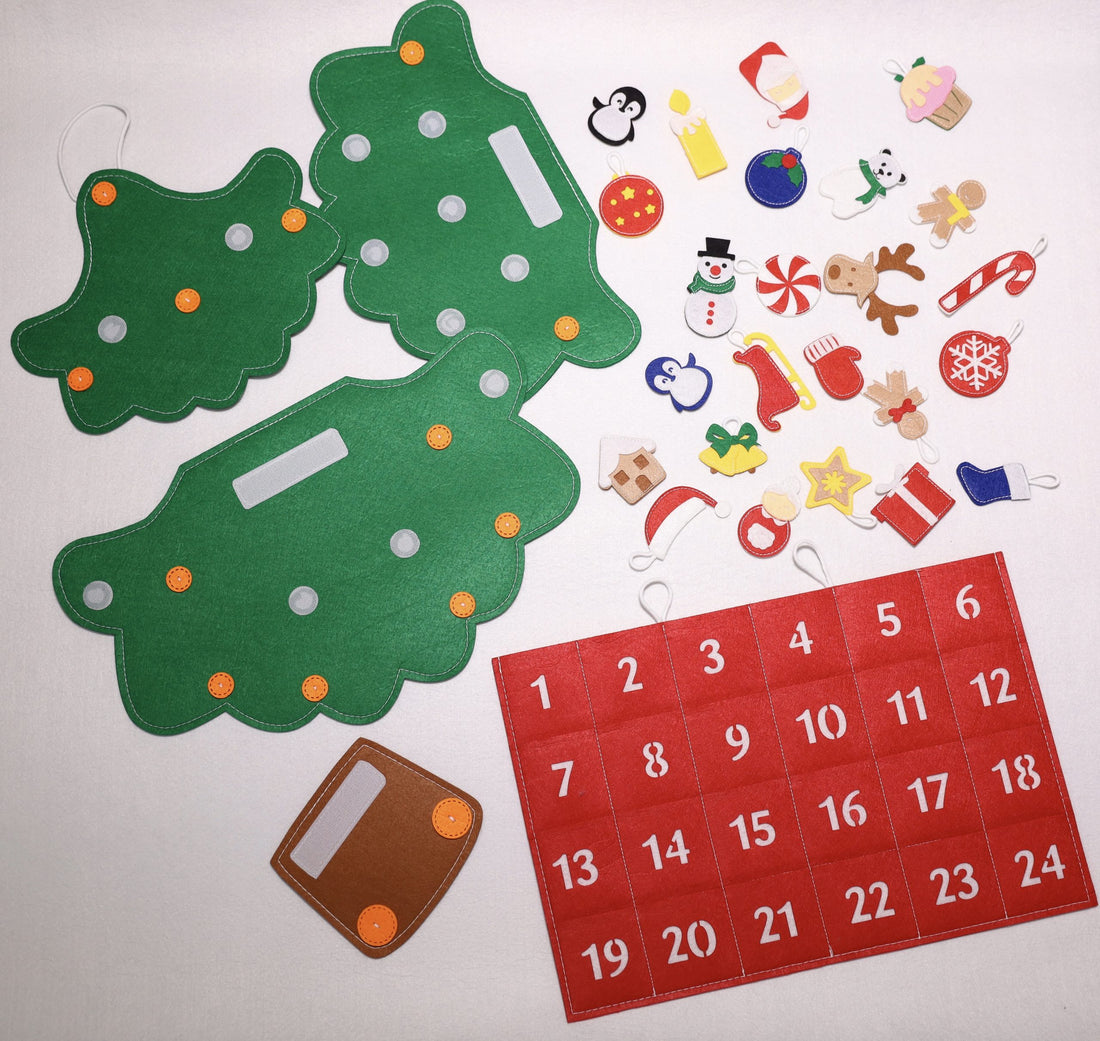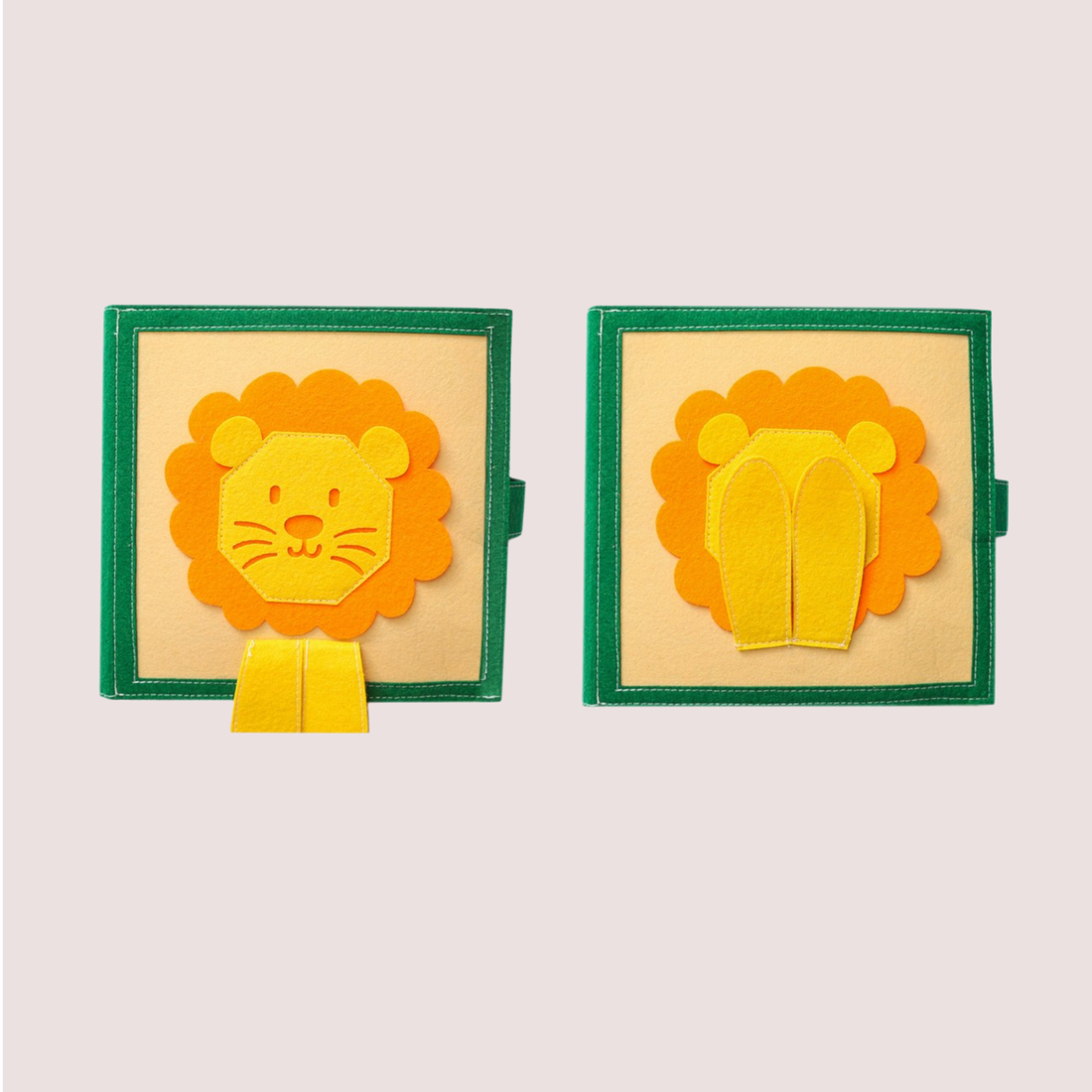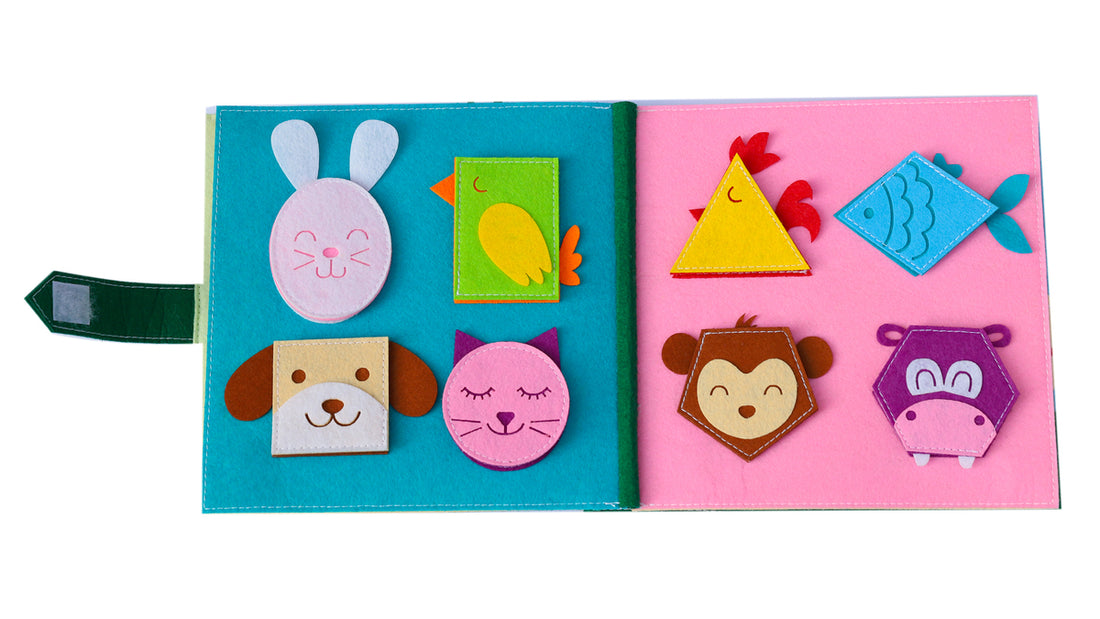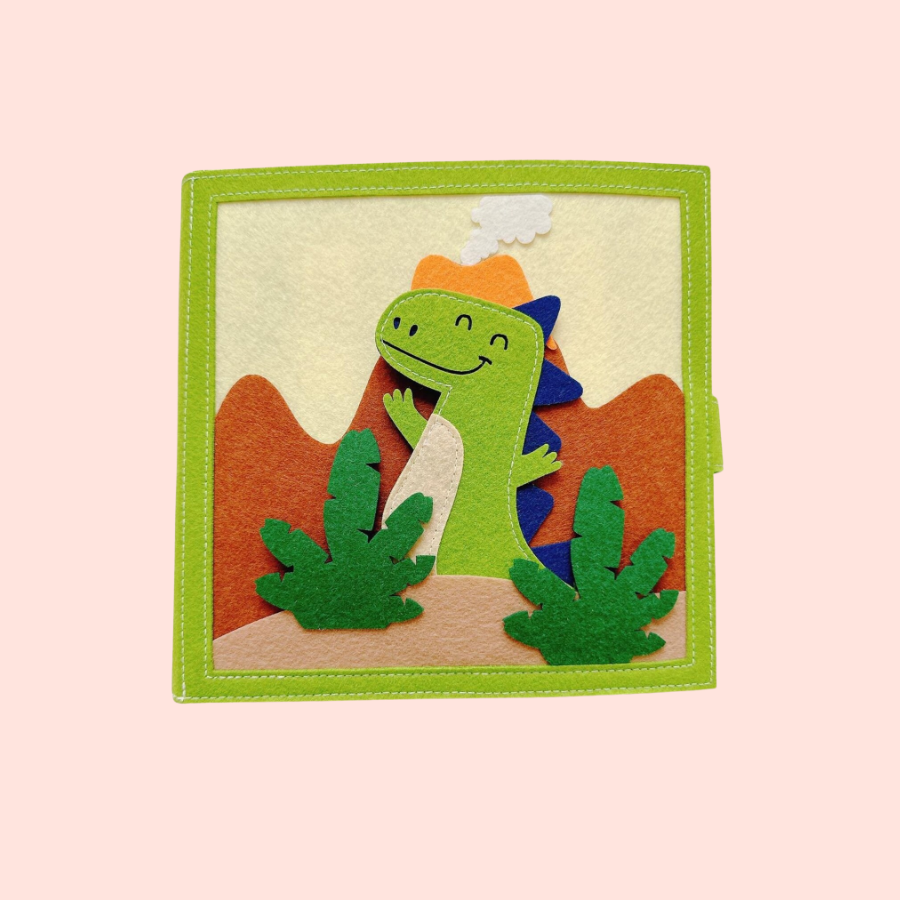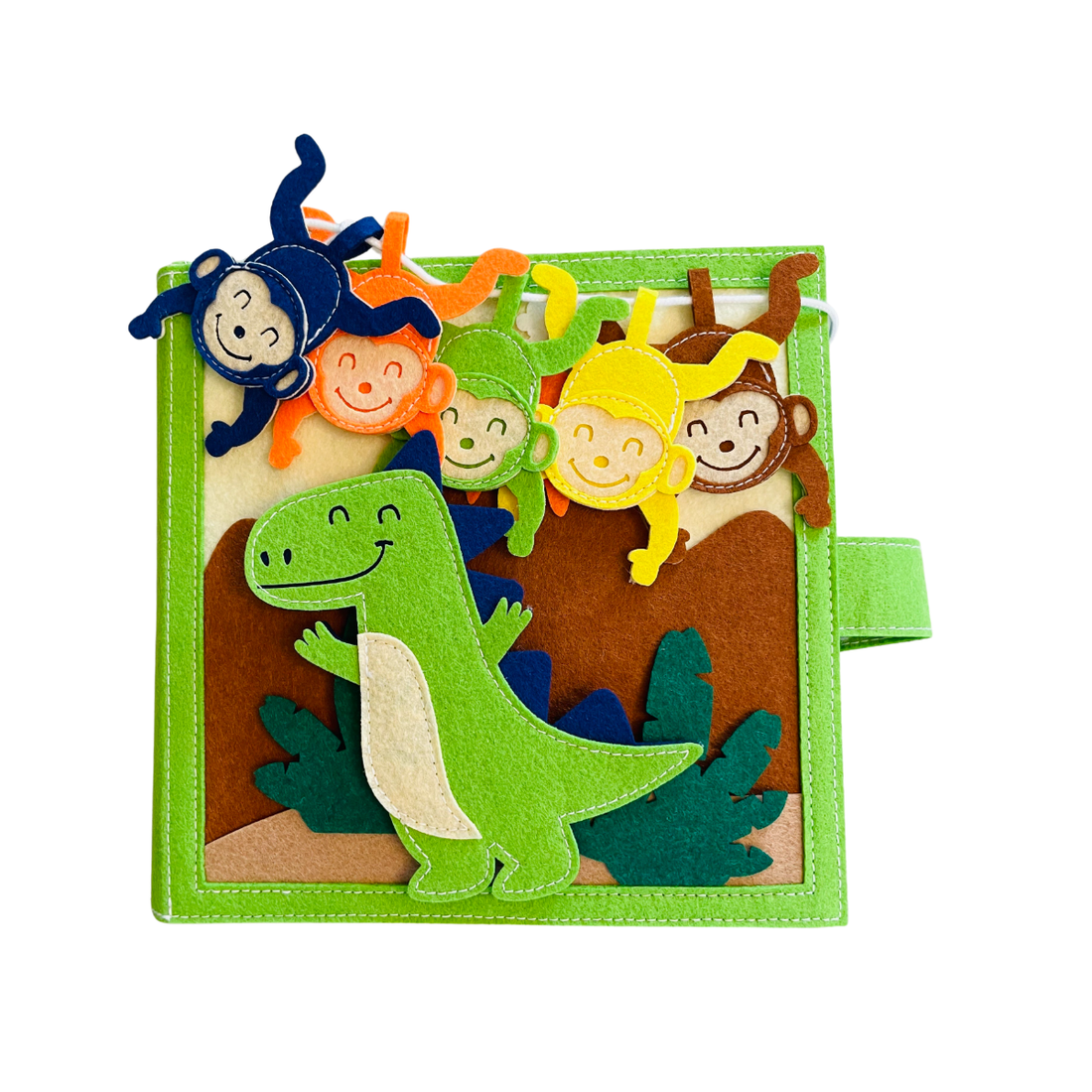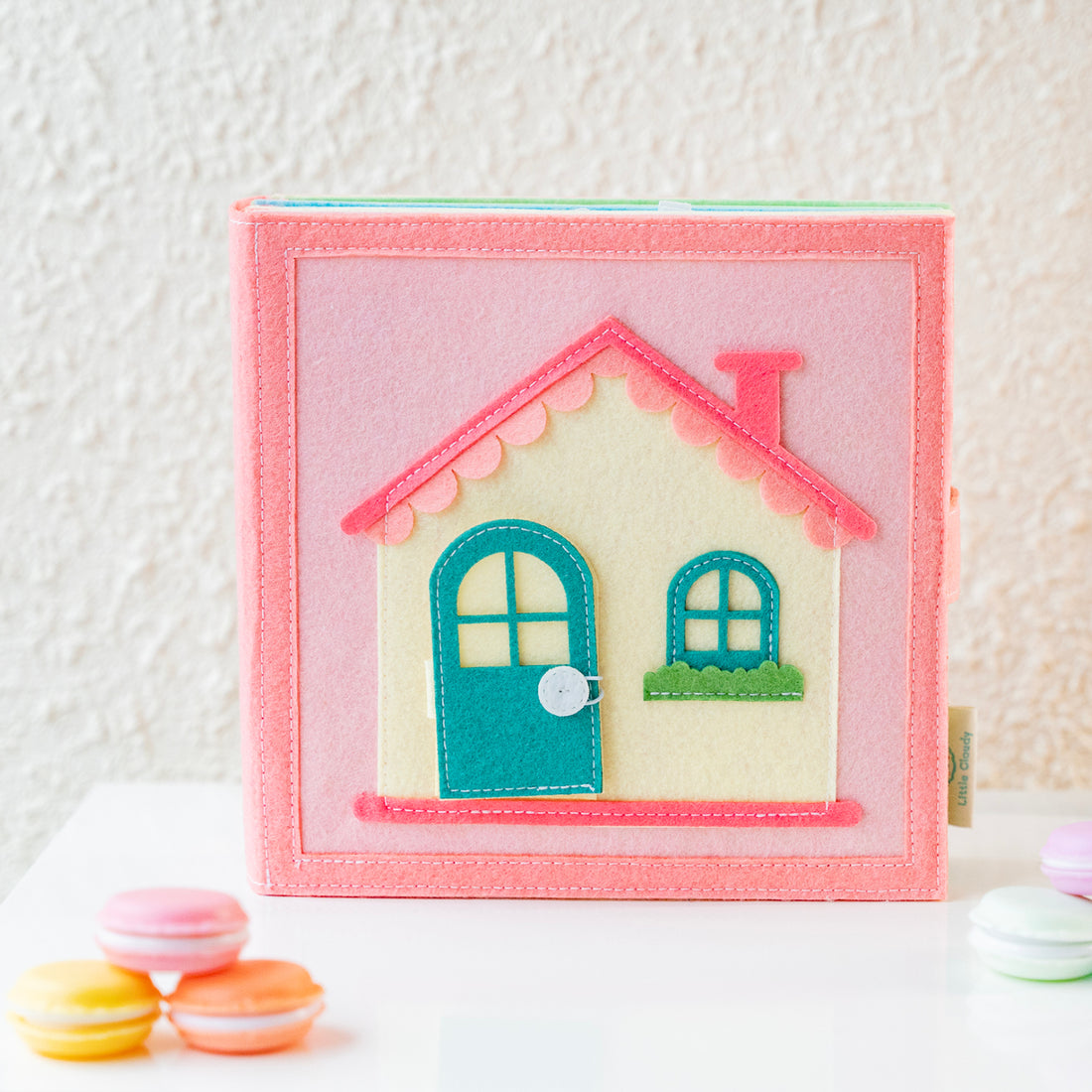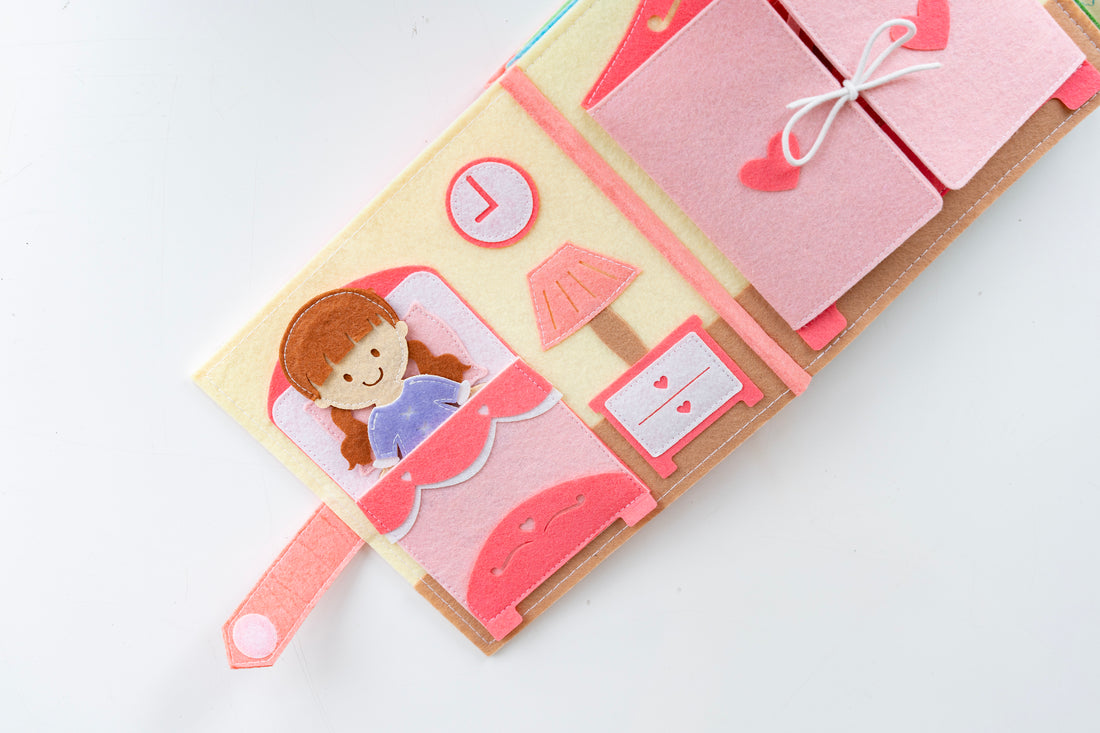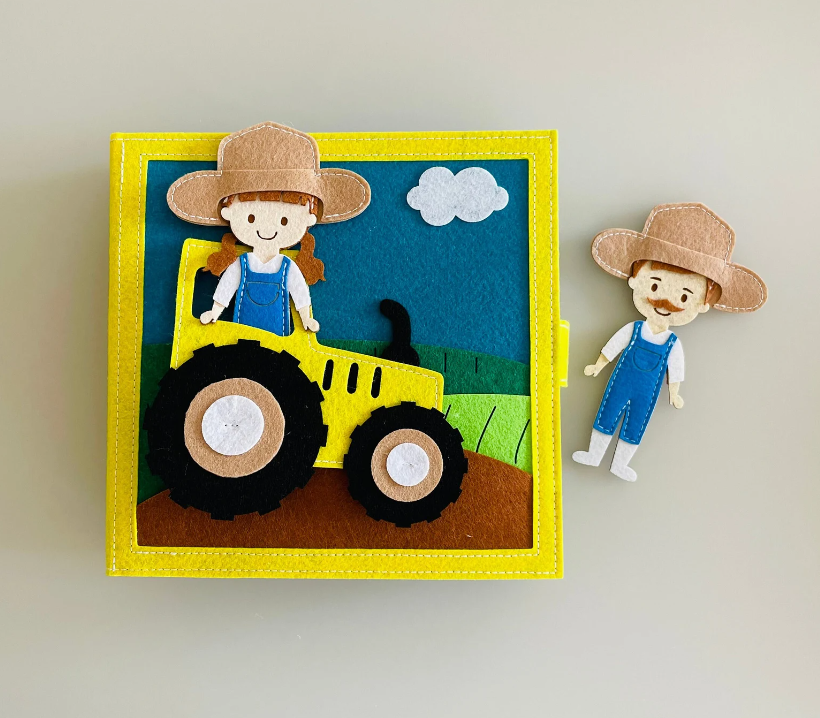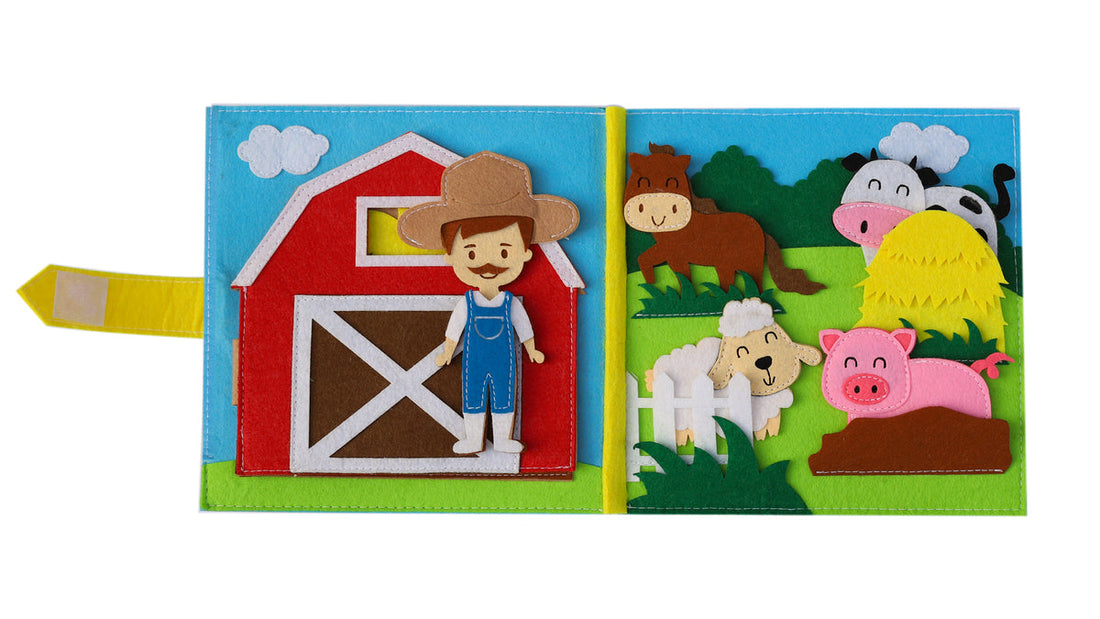The Power of Sensory Books: Engaging Young Minds through Exploration and Stimulation
what is sensory book?
A sensory book for a 1-year-old is a book specifically designed to engage and stimulate their senses. These books typically incorporate various textures, colors, sounds, and interactive elements to provide a multi-sensory experience for the child. They aim to encourage exploration, sensory awareness, and fine motor skill development.

Sensory books for 1 year old often have features such as:
Touch and Feel: These books have different textures for the child to touch and explore, such as soft fur, bumpy surfaces, or smooth fabrics.

Bright Colors: They use vibrant and contrasting colors to capture the child's attention and promote visual stimulation.
Sound Effects: Some sensory books may include buttons or pages that make sounds when pressed, such as animal noises or musical tunes.
Interactive Elements: They may have flaps to lift, tabs to pull, or different moving parts to encourage hands-on exploration and engagement.
Simple and Repetitive Text: Sensory books for 1-year-olds often have simple and repetitive text to help develop language skills and promote early literacy.
The purpose of a sensory book is to provide an interactive and engaging experience that supports a child's cognitive, sensory, and motor development. They can be a valuable tool for early learning and bonding between caregivers and infants.
2. The Power of Sensory Books: Engaging Young Minds through Exploration and Stimulation
Introduction:
In the early stages of a child's life, sensory experiences play a crucial role in their cognitive development. Sensory books, designed specifically for young children, offer a remarkable opportunity to engage their senses and promote exploration. By incorporating various textures, colors, sounds, and interactive elements, sensory books create a multi-sensory experience that captivates and stimulates young minds. Let's delve into the benefits of sensory books and how they can positively impact a child's development.
Engaging the Senses:
Sensory books serve as a gateway to a world of sensory exploration. They offer a range of tactile experiences through different textured surfaces, allowing children to touch and feel a variety of materials. The inclusion of vibrant colors grabs their attention and stimulates their visual senses. Additionally, sensory books may incorporate sound effects, enabling children to associate specific sounds with objects or animals, fostering auditory development.
Promoting Cognitive and Motor Skills:
As children interact with sensory books, they develop essential cognitive and motor skills. Turning pages, lifting flaps, and manipulating interactive elements enhance their fine motor coordination and dexterity. By engaging with the book's features, they learn cause-and-effect relationships, as they discover that their actions produce specific responses. This process encourages problem-solving skills and fosters cognitive development.
Language and Literacy Development:
Sensory books provide a wonderful platform for language and literacy development in young children. Parents and caregivers can use these books to introduce new vocabulary and reinforce language skills. As they describe the textures, colors, and objects on each page, children learn to associate words with sensory experiences. The repetitive and simple text found in many sensory books helps in building early literacy skills, as children begin to recognize patterns and make connections between words and images.
Sensory Stimulation and Emotional Bonding:
Engaging with sensory books can evoke a range of emotions in young children, creating a positive and enjoyable experience. The tactile sensations, captivating visuals, and interactive elements spark curiosity and excitement, fostering a love for books and learning. Sensory experiences also contribute to emotional bonding between caregivers and children. As parents or caregivers actively participate in the exploration of the book, the shared experience strengthens the parent-child relationship and promotes a sense of security.
Inclusivity and Accessibility:
Sensory books embrace inclusivity by catering to children with varying sensory needs and abilities. They provide opportunities for children with sensory processing differences to engage with different textures, sounds, and visuals at their own pace. Additionally, sensory books often employ large, durable pages and interactive features that are suitable for young children, accommodating their physical abilities and developmental stage.
Sensory books hold tremendous potential for engaging young minds and fostering holistic development. Through their multi-sensory nature, these books capture children's attention, promote exploration, and stimulate their cognitive, sensory, and motor skills. By incorporating tactile experiences, vibrant colors, interactive elements, and repetitive text, sensory books create an immersive and enriching learning environment for young children. So, let's embrace the power of sensory books and embark on a journey of discovery and growth with our little ones.
3. Ideas choosing a sensory?
When choosing a sensory book for a 1-year-old, it's important to consider their developmental stage and engage their senses through interactive features. Here are a few suggestions for sensory books that can stimulate a 1-year-old's senses:
-
"Pat the Bunny" by Dorothy Kunhardt: This classic interactive book features different textures to touch, a mirror to see themselves, and even a little bunny to pat.
-
"That's Not My..." series by Fiona Watt: These touch-and-feel books have various themes like animals, vehicles, and more. Each page has a different textured element for little ones to explore.
-
"Baby Touch and Feel" series by DK Publishing: These board books are designed specifically for babies and include different textures for them to touch and feel while exploring familiar objects like animals, toys, and everyday items.
-
"Where's Spot?" by Eric Hill: This lift-the-flap book follows the search for Spot the dog and engages little ones with surprises under each flap.
-
"The Very Hungry Caterpillar" by Eric Carle: This classic book tells the story of a caterpillar's journey, and the pages feature different textures, holes to poke fingers through, and vibrant illustrations that appeal to a baby's senses.
-
"Goodnight Moon" by Margaret Wise Brown: While not strictly a sensory book, this classic bedtime story engages a baby's visual senses with its soothing illustrations and repetitive text, creating a calming and familiar experience.
